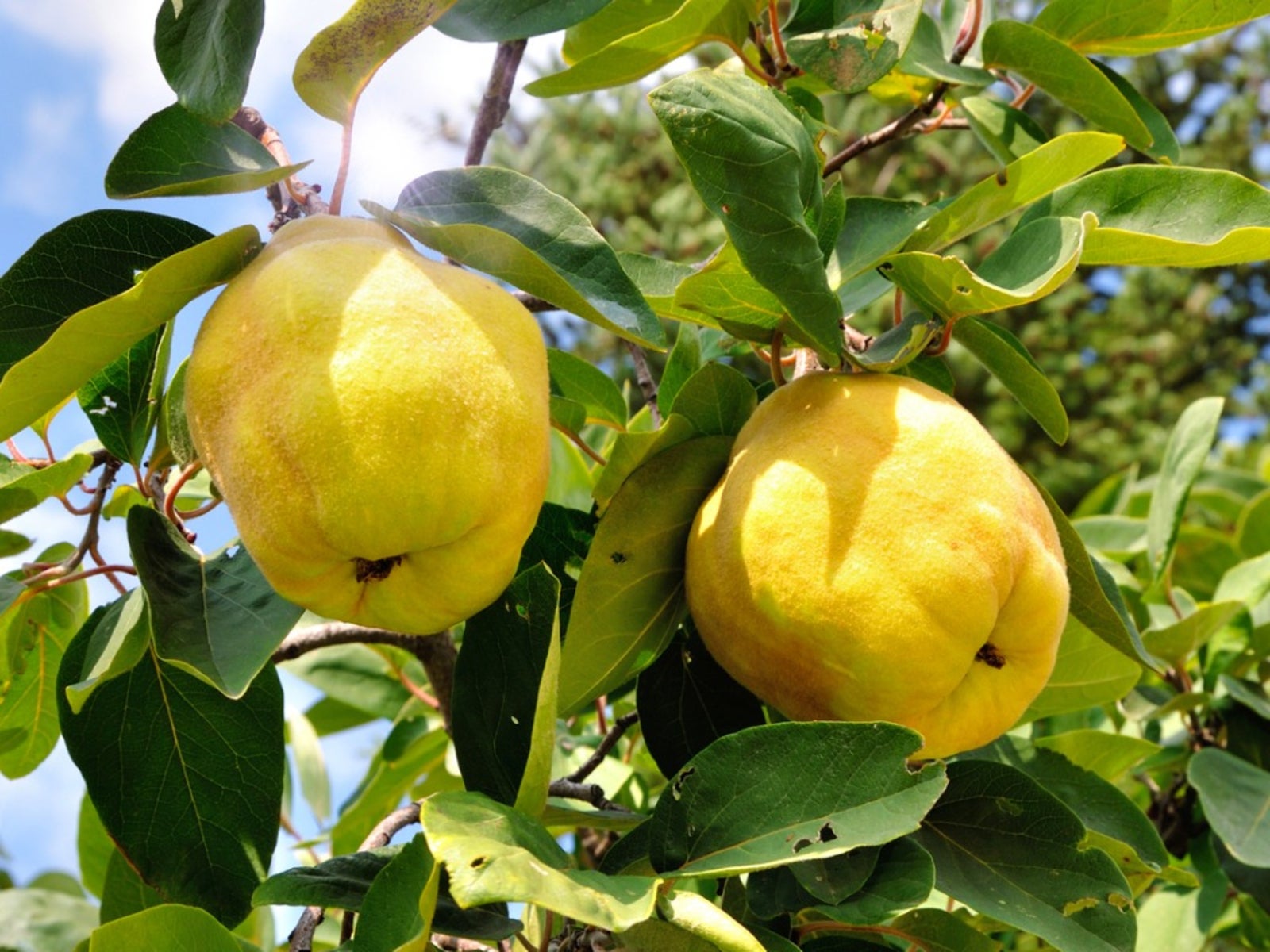Quince Care - Tips On How To Grow A Quince Tree


If you're looking for an ornamental flowering tree or shrub that produces fragrant fruit and looks good throughout the year, consider growing quince. Quince trees (Cydonia oblonga) were popular during colonial times but eventually fell out of favor because they offered no immediate gratification: you couldn't eat them right off the tree. Interest in the fruit has revived somewhat thanks to improved varieties that can be eaten fresh, but quinces are such a minor player in the agricultural economy that the U.S. Department of Agriculture doesn't track them. For those that are interesting in growing quince, however, it helps to know more about good quince care to get the most from your plant.
What is Quince Fruit?
Quince is a very fragrant yellow fruit used to make jams and jellies. Quinces vary in shape. Many are in the shape of an apple, while others resemble a pear. Are fruits on flowering quince edible? Yes. The fruit on a flowering quince is edible, but the fruit on a flowering or Japanese quince is extremely tart. While you can use them to make jams and jellies, you'll get much better results from a quince that was bred to produce fruit. Grow flowering quince if your goal is to produce an outstanding display of pink, red, or orange flowers in early spring. Otherwise, choose a modern cultivar developed for fresh eating.
How to Grow a Quince Tree
Quince trees are hardy in U.S. Department of Agriculture zones 5 through 9. Growing quince trees isn't that difficult as long as you can provide appropriate conditions. Choose a sunny location with fertile soil. Quinces adapt to wet or dry soils but perform best when the soil is well-drained. You will also need to plant two trees for good pollination.
Quince Care
Quince trees have some drought tolerance, but you should water them during prolonged dry spells as part of your routine quince care. It is hard to overwater a quince tree, so water them any time if you are in doubt. Fertilize with a low-nitrogen fertilizer in spring. Lawn fertilizers and other high-nitrogen plant foods encourage lush foliage and new growth at the expense of flowers and fruit. Quinces are small trees with a good natural shape that is easy to maintain. Shape a young tree by removing all but five main branches from the canopy so that you won't have to do any heavy pruning when the tree is mature. Remove dead, diseased, and damaged branches as they appear.
Sign up for the Gardening Know How newsletter today and receive a free copy of our e-book "How to Grow Delicious Tomatoes".

Jackie Carroll has written over 500 articles for Gardening Know How on a wide range of topics.